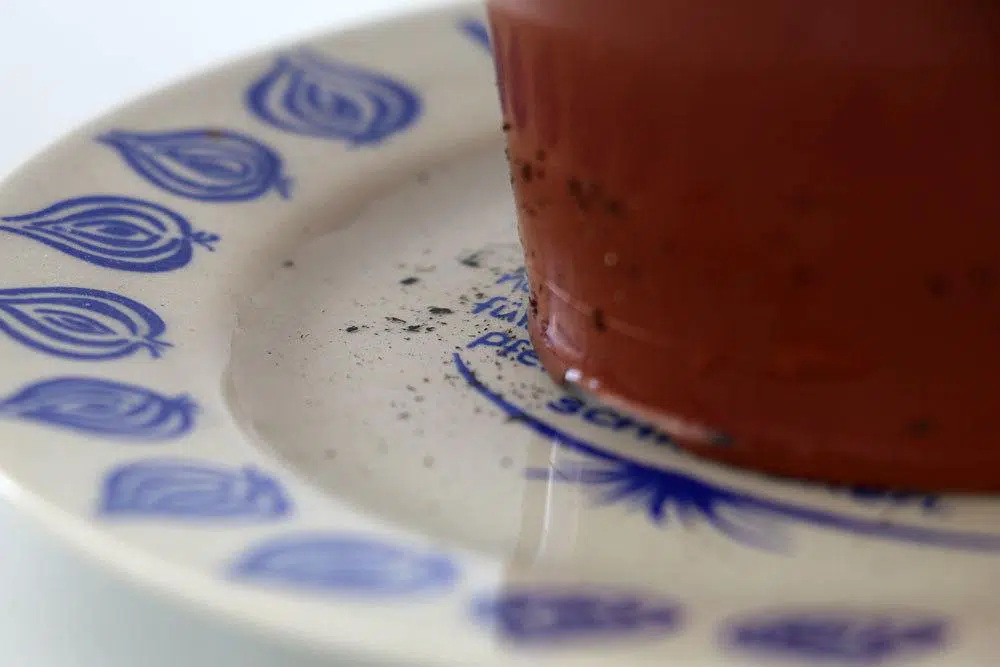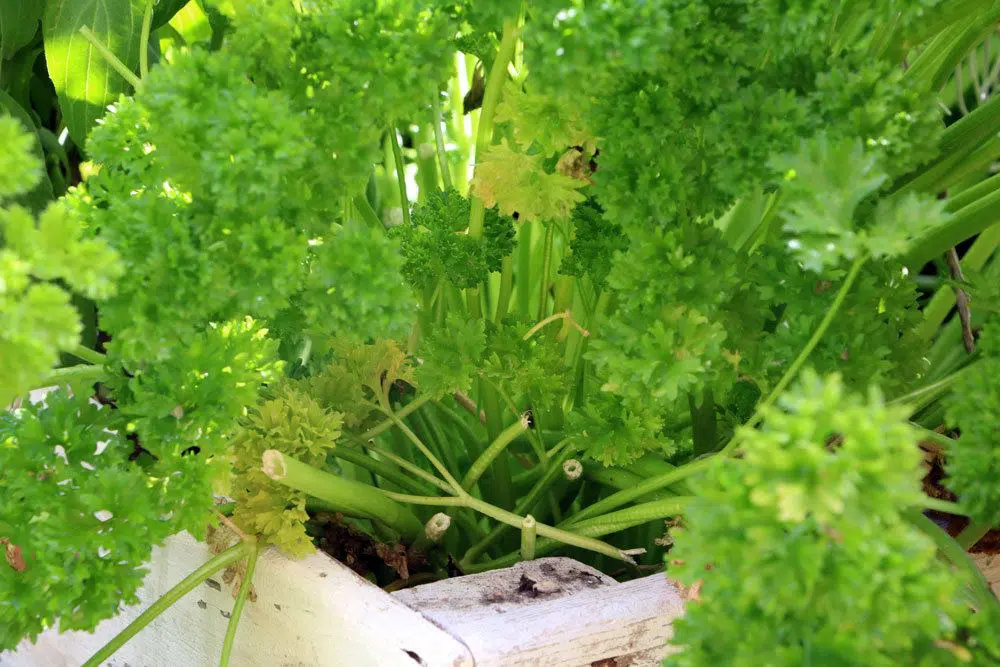Occasionally it happens that freshly sown parsley does not grow optimally or even die. This may be due to various causes. In some cases, the plant can be saved with appropriate measures.
Contents
Overview of possible causes
Parsley plants dying never happens for no reason. It may not be apparent at first glance and you will need to look a little closer. It is also quite possible that several of the causes listed below are present at the same time.
- unfavorable location
- non-compliance with crop rotation
- tired soil
- soil prone to waterlogging
- fungal diseases
- mistakes in the care
Unfavorable location
Several factors can make up an unfavorable location:
- little light
- direct sunlight
If the parsley grows in a pot, the location problem is easiest to fix because of its mobility. If it is in direct sunlight, for example, in the south window, it must be urgently moved or at least moved further away. If, on the other hand, it stands too dark, it must stand brighter from now on. In the bed, subsequent shading can be helpful. For example, by a higher planting in the immediate neighborhood or by a sun sail, etc.. Otherwise, still vital plants can be transplanted to a suitable place. You can also reseed the plant to a more favorable location and destroy the old plants.
Non-compliance with crop rotation
In order for the germination of parsley in the garden bed to succeed and healthy growth to occur, it is also necessary to observe crop rotation. Thus, the parsley herb may be sown only at a time interval of three, even better four years in the same place. This time interval must also be observed if other umbellifers such as carrots, parsnips or fennel were previously grown on it.
Fatigued soil
If the soil has been depleted by previous plantings and has not been enriched with new nutrients before the parsley was sown, the plant will not be able to grow due to a lack of nutrients.
- top up fertilizer if necessary
- however, an organic fertilizer must not be fresh
Note: Yellow leaves could also be an indication that the soil is too acidic. Measure the pH and add lime if needed.
Soil prone to waterlogging
Soil that is prone to waterlogging is detrimental to this herb. If you have not loosened it before sowing and mixed it with sand if necessary, you can only do so to a limited extent now without damaging the roots. For example, you can draw fine grooves so that rainwater can drain away better. For this it may be necessary to sacrifice a few specimens for space reasons.

Diseases and pests
Diseases and pests can also plague young parsley plants. Look for spots or patches on the leaves. Aphids are also visible to the naked eye if you look closely.
- cut off all leaves close to the ground
- wait for healthy new shoots
Alternatively, reseed parsley elsewhere or in a pot, as it is not 100% certain that pruning will solve the problem.
Mistakes in care
After parsley germinates, its growth is slow. This may tempt some owners to fertilize vigorously. But the consequences are different than expected. First yellow leaves appear, and a little later the entire plant may die from overfertilization. Stop further fertilizing immediately, perhaps the plant can still recover. If the plantlets are strong enough, they can be transplanted in fresh soil.
The second mistake is made when watering by watering too often or too much. If your plants are too wet, take a long break from watering and then water only as needed:
- Never let roots dry out completely
- but water only when upper layer of soil is dry
Tip: If the parsley is sown in a pot, the excess water must be able to drain off well. If necessary, repot the plant in a pot with ample drainage holes.










